Archives
- 2025-11
- 2025-10
- 2023-07
- 2023-06
- 2023-05
- 2023-04
- 2023-03
- 2023-02
- 2023-01
- 2022-12
- 2022-11
- 2022-10
- 2022-09
- 2022-08
- 2022-07
- 2022-06
- 2022-05
- 2022-04
- 2022-03
- 2022-02
- 2022-01
- 2021-12
- 2021-11
- 2021-10
- 2021-09
- 2021-08
- 2021-07
- 2021-06
- 2021-05
- 2021-04
- 2021-03
- 2021-02
- 2021-01
- 2020-12
- 2020-11
- 2020-10
- 2020-09
- 2020-08
- 2020-07
- 2020-06
- 2020-05
- 2020-04
- 2020-03
- 2020-02
- 2020-01
- 2019-12
- 2019-11
- 2019-10
- 2019-09
- 2019-08
- 2019-07
- 2019-06
- 2019-05
- 2019-04
- 2018-07
-
br AMPK as a druggable target
2023-05-17

AMPK as a druggable target AMPK signaling has attracted considerable attention within the past decades, owing to the capacity of pharmacological compounds (e.g., 5-aminoimidazole-4-carboxamide-1-β-D-ribofuranoside [AICAR] and metformin) or natural compounds (e.g., resveratrol) to activate AMPK in
-
Laminin 925-933 br Acknowledgments This work was supported b
2023-05-15
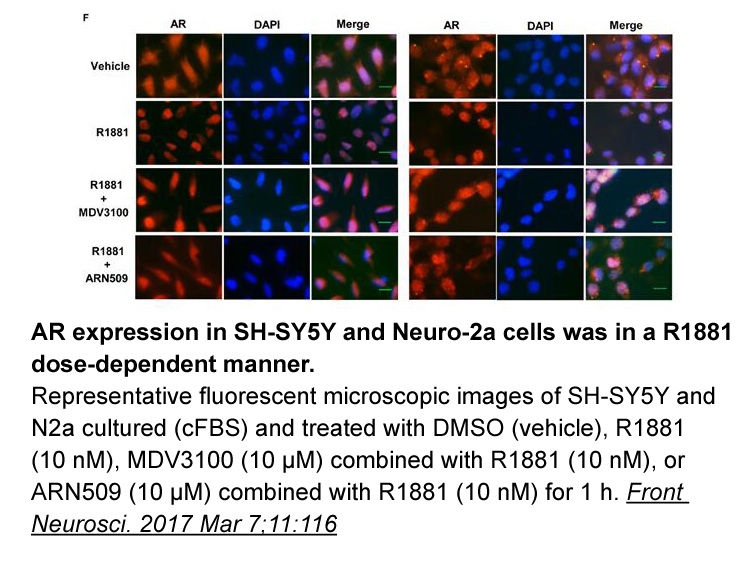
Acknowledgments This work was supported by Grant-in-aid for Scientific Research (S) (20229008) (to T.K.), Targeted Proteins Research Program (to T.K.), the Global COE Research Program (to T.K.) and Translational Systems Biology and Medicine Initiative (to T.K.) from the Ministry of Education, Cul
-
The potential use of derivatives
2023-05-15
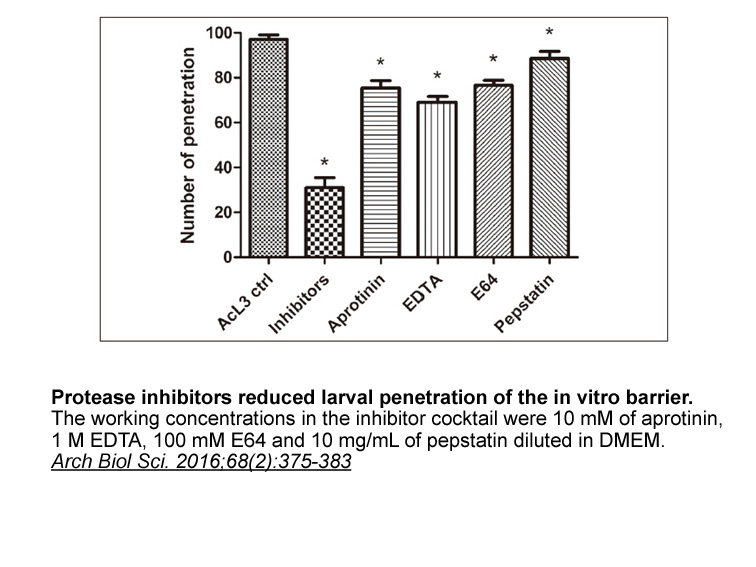
The potential use of derivatives belonging to this series as therapeutic agents mostly depends on their pharmacokinetics and pharmacodynamics. The pharmacokinetic phase includes absorption, distribution, metabolism and excretion (ADME) of the studied compounds. Therefore, preliminary data for theore
-
br AMPK structure and mechanism of action AMPK is
2023-05-15
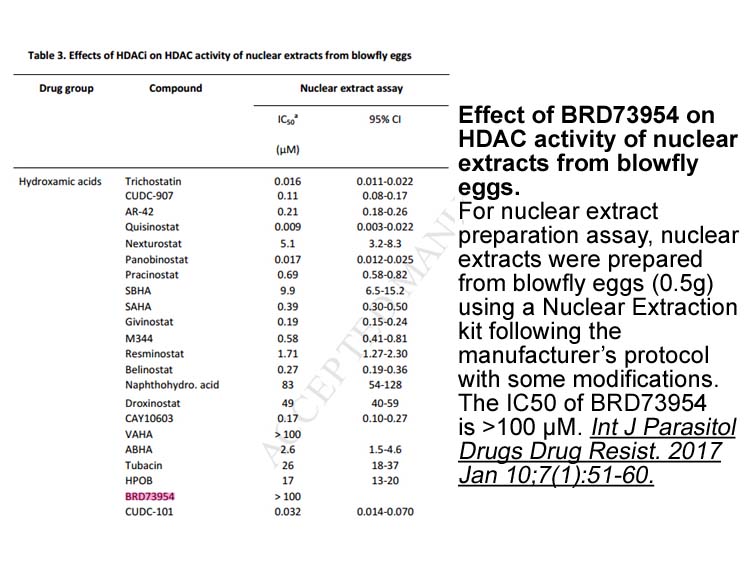
AMPK: structure and mechanism of action AMPK is a metabolic master switch that regulates downstream signals based on shifts in the surrounding energy reservoir [6]. It is expressed in a number of tissues, including the kidney, the liver, the skeletal muscle, the adipose tissue, and the hypothalam
-
The sequence of our reconstructed
2023-05-15
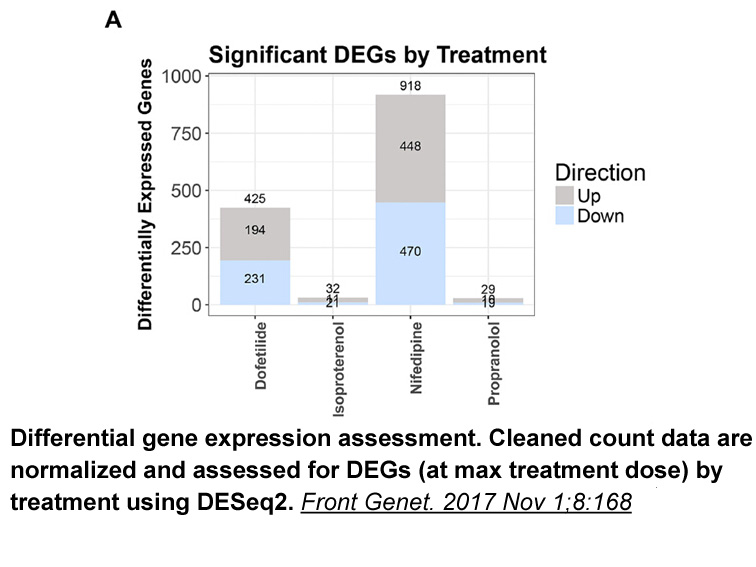
The sequence of our reconstructed βAnc is inferred based on probabilities, and the estimated probability of inferring the actual ancestral sequence is the product of the posterior probabilities for each site within the reconstructed sequence. Although the posterior probabilities (PP) for the majorit
-
HT receptors are distributed throughout the brain within
2023-05-15

5-HT3 receptors are distributed throughout the brain, within the brainstem (e.g., nucleus tractus solitarius, area postrema and spinal trigeminal nucleus) and UMI-77 receptor (e.g., hippocampus, amygdala, nucleus accumbens, putamen and caudate) (Abi-Dargham et al., 1993, Barnes et al., 1989, Bufton
-
serine protease inhibitors The molecular mechanisms involved
2023-05-15
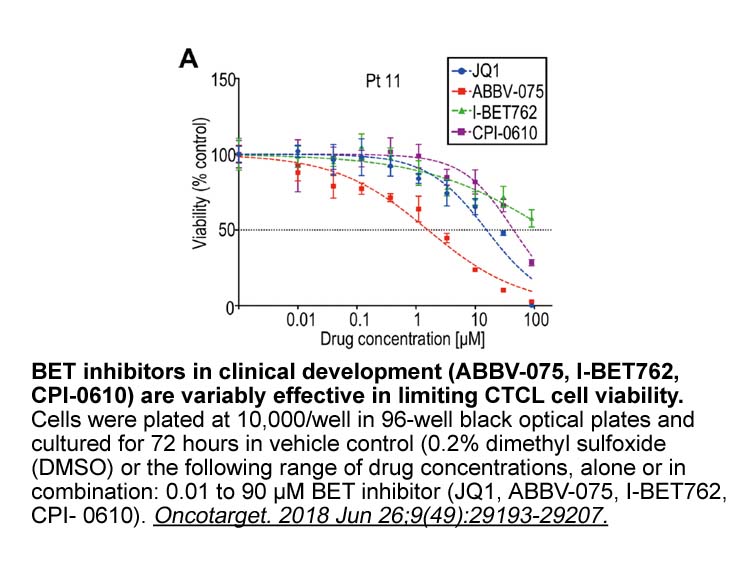
The molecular mechanisms involved in the pathogenesis of cholestatic pruritus remain unknown [45], [46]. Indeed, there has been an enormous effort at understanding the etiology of PBC-related pruritus, including work at the cellular and molecular level, but such efforts have not been translated into
-
br The role of apelin in
2023-05-15
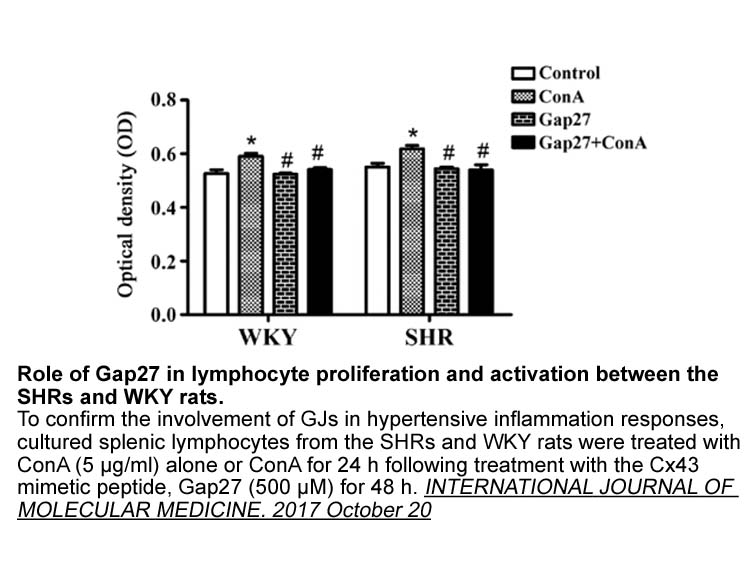
The role of apelin in respiratory diseases At present, several scientific studies have suggested that the apelin/APJ system may play an important role in the development of pulmonary diseases (Table 4). For example, in an experiment on rats suffering from acute lung injury, apelin-13 decreases th
-
EIPA mg br Conclusion br Conflicts of interest br Acknowledg
2023-05-15

Conclusion Conflicts of interest Acknowledgements The authors are grateful to the Ministry of Food Processing Industries, Govt of India (V45/MFPI/R&D/2000 Vol.IV) and Department of Biotechnology, New Delhi, Govt. of India (BT/475/NE/TBP/20132), American Bamboo Society and Ned Jaquith Founda
-
br Introduction Increasing number of mycosis infections has
2023-05-15

Introduction Increasing number of mycosis infections has been reported during the past several years because of the rise in the number of immuno-compromised individuals in subtropical and tropical countries with high mortality and morbidity [1], [2]. Trichophyton mentagrophytes, Trichophyton rubr
-
Most of the latest http
2023-05-15

Most of the latest works reported that in human hair follicle AR expression is restricted to DPC and is not found in the outer root sheath (ORS), hair bulb or bulge (Itami et al., 1995a, Jave-Suarez et al., 2004, Kariya et al., 2005, Pelletier et al., 2004, Thornton et al., 2003). DPC derived from b
-
Linagliptin is a recently approved dipeptidyl peptidase DPP
2023-05-15
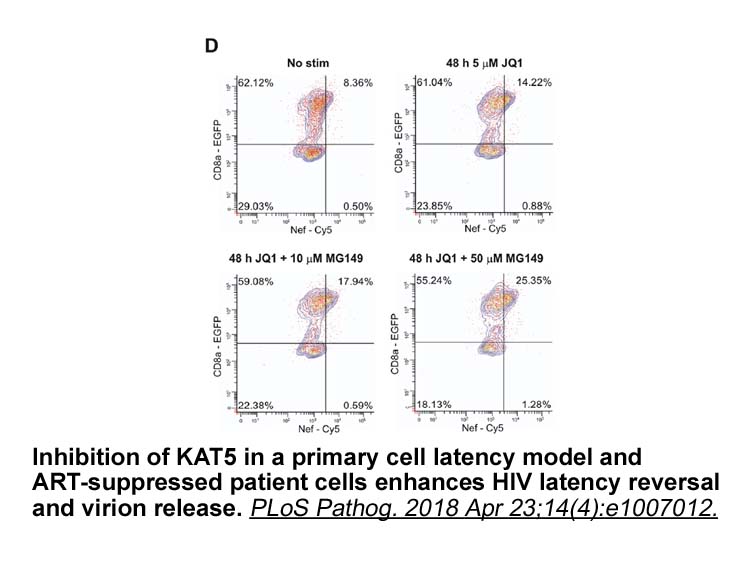
Linagliptin is a recently approved dipeptidyl peptidase-4 (DPP-4) inhibitor and widely considered as first-line treatment for patients with type 2 diabetes. DPP-4 is responsible for the inactivation of incretin hormones, such as glucagon-like peptide 1 (GLP-1). GLP-1 is released by the intestine aft
-
Following activation of mGluRs GRIP stabilized AMPARs appear
2023-05-15

Following activation of mGluRs, GRIP-stabilized AMPARs appear to be the primary target for endocytosis. Consistent with this model, we find that using siRNA to reduce GRIP1/2 expression blocks the AMPAR internalization and the synaptic depression mediated by mGluRs. Reductions in GRIP1/2 expression,
-
TAE226 With regard to participation of the S lipoxygenase
2023-05-15
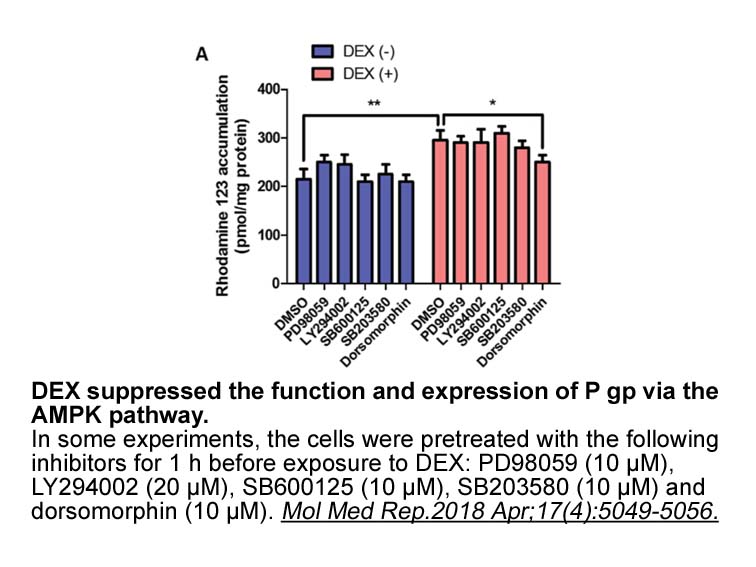
With regard to participation of the 12S-lipoxygenase in diabetes mellitus, inconsistent results have been obtained. Earlier studies demonstrated that the leukocyte-type 12S-lipoxygenase is specifically expressed in pancreatic b-cells and is involved in regulating glucose-stimulated insulin secretion
-
Within the PARP family TIPARP is most
2023-05-15
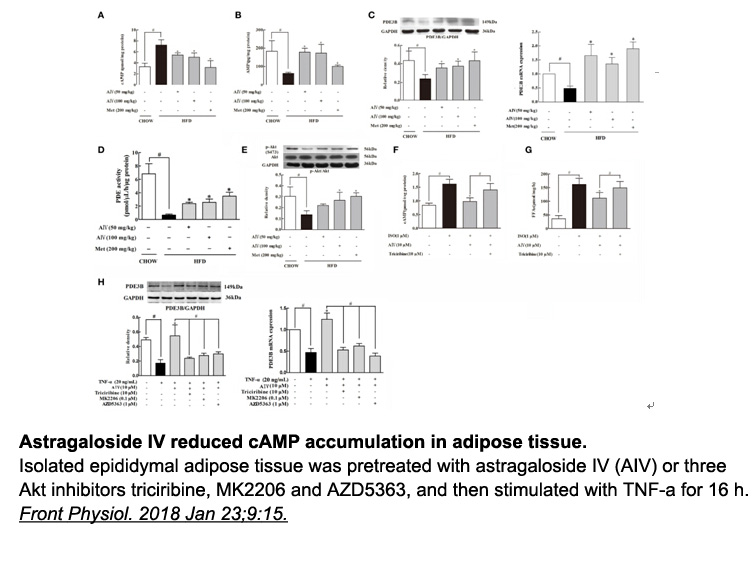
Within the PARP family, TIPARP is most evolutionarily conserved with PARP12 (ARTD12) and PARP13 (ARTD13) [27,28,41]. All three proteins contain at least one RNA-type CCCH zinc finger domain, a poly-ADP-ribose binding WWE domain and a PARP catalytic domain (Fig. 1). PARP13 is catalytically inactive,
11046 records 10/737 page Previous Next First page 上5页 678910 下5页 Last page